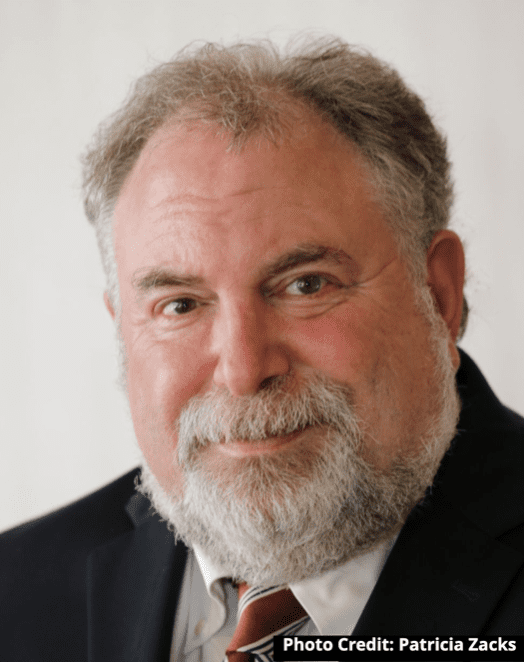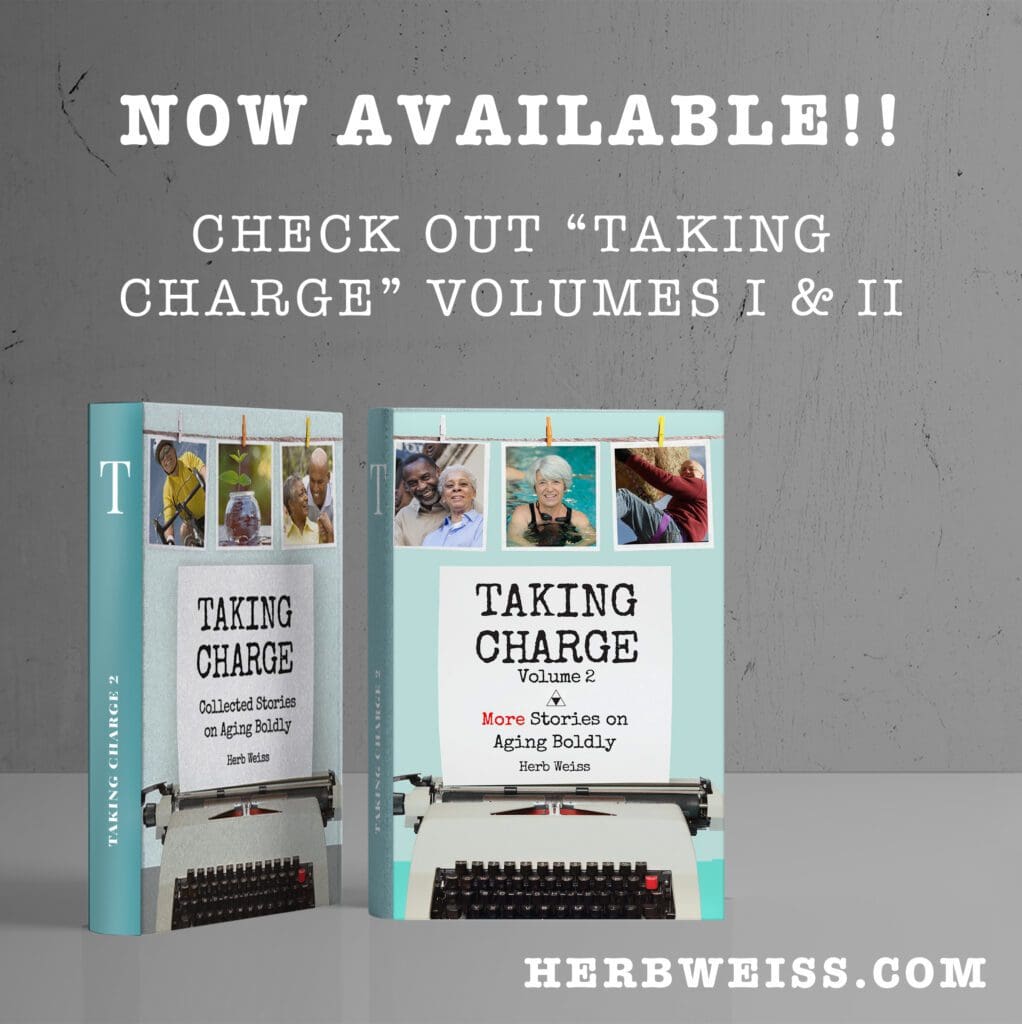Search Posts
Recent Posts
- Vinny Paz to be inducted TODAY into the International Boxing Hall of Fame – CES Boxing June 7, 2025
- In the News… quick recap of the week’s news (6.7.25) June 7, 2025
- Burn with Kearns: Strong without the spend: How scraps became strength tools – Kevin Kearns June 7, 2025
- Rhode Island Weather for June 7, 2025 – Jack Donnelly June 7, 2025
- How to advocate for threatened properties: The Heritage Alliance of Pawtucket June 7, 2025
Categories
Subscribe!
Thanks for subscribing! Please check your email for further instructions.

The “Forgotten Middle” study of income inequity of Black and Hispanic seniors – Herb Weiss
By Herb Weiss, contributing writer on aging issues
Millions of Black and Hispanic middle-income older adults will lack the financial resources to pay for senior housing and health care expenses as they age, warns a new report released by NORC at the University of Chicago, commissioned by the Long-Beach, California-based SCAN Foundation, an independent public charity dedicated to creating a society where older adults can access health and supportive services of their choosing to meet their needs.
The “Forgotten Middle” study’s analysis, a third follow-up to its landmark 2019 Forgotten Middle Study, shows the number of middle-income seniors of color will increase from 12% in 2020 to 25% by 2035, yet this population will be the least likely to afford senior housing and care when compared to middle-income seniors as a whole.
Widening income gap creates challenges
The study, released last month, points to widening gaps among Black and Hispanic middle-income seniors around home ownership, home equity, financial assets, and marriage rates compared to their white peers. This gap results in fewer financial resources to afford senior housing and care. The researchers say that case studies and an analysis of existing literature highlight the challenges middle-income older adults may face in rural areas.
“Wealth is not distributed evenly across the Forgotten Middle. Now we know that Black and Hispanic older adults are the worst off,” said Sarah Rayel, senior director in NORC’s Health Care Strategy department in a Feb. 15, 2024 statement announcing the study’s findings. “Black and Hispanic middle-income older adults have fewer liquid assets and less equity than other middle-income older adults, which is making it harder to leverage their home to support future housing and health care needs,” she says.
The “Forgotten Middle” consists of older adults aged 75+ who do not qualify for Medicaid but lack sufficient resources to pay for assisted living, senior housing, and future care needs as they become afflicted with age-related physical and cognitive challenges. Consistent with previous NORC research findings, middle-income seniors are defined as having annuitized income and assets ranging from $26,000 to $103,000 in 2020 dollars.
The researchers found that home ownership by younger Black older adults is declining and expected to fall substantially by 2035 with Black and Hispanic homeowners projected to have lower home equity.
The analysis and findings also reveal that marriage rates are expected to drop below 50% across all racial groups, leaving those living alone at a greater risk of adverse health events and social isolation. By 2035, only a quarter of Black older adults and 40 percent of Hispanic older adults will be married, says the researchers.
According to the report’s findings, Black and Hispanic older adults tend to have higher rates of health complications across multiple health indicators, including chronic conditions and mobility limitations. These health complications likely increase the need for additional care.
And the findings noted that middle-income older adults in rural areas may face distinct challenges in their ability to age well due to poorer health outcomes, lower financial resources, lack of support services, and workforce shortages.
“Every older adult deserves to age well, with purpose, regardless of economic circumstances,” said Dr. Sarita A. Mohanty, president and CEO of The SCAN Foundation. “The impending crisis facing people who won’t qualify for Medicaid and won’t be able to afford private home care will impact older adults of color much more acutely. Policymakers, as well as the healthcare and senior housing communities have substantial work to do to ensure that race does not become a hindrance to aging well.”
Rhode Island’s “Forgotten Middle”
For many years, the Senior Agenda Coalition of Rhode Island has been concerned about the so-called “Forgotten Middle” – older persons who are not eligible for Medicaid and other benefits – as they may have income and assets just above the state eligibility guidelines, says Maureen Maigret, SACRI’s policy advisor. According to Maigret, older Rhode Islanders and persons with disabilities living in the community cannot have income over the federal poverty level ($15,060 for a single person; $20,440 for a couple) or, with just a few exceptions, assets of more than $4,000 for a single person or $6,000 for a couple. Most other Medicaid populations can access Medicaid at higher incomes of 138% of the FPL and with no asset limits.
”We believe this is a major inequity for older persons. As the NORC study points out, persons of color are especially impacted by a wealth gap as they age,” she says noting that they are more likely to have lower incomes during their working years so saving for retirement is a challenge, they have less home equity and are less likely to have retirement accounts.
“Women also are significantly more impacted by a wealth gap in their older years, and this is more pronounced among older women of color,” says Maigret. Citing Rhode Island specific-Census data, she remarked that Hispanic older women are two and a half times more likely to have income below the poverty level compared to older men. And 25% of Black older women vs. 17% of Black older men are living below the poverty level.
“This is why the Senior Agenda Coalition has consistently worked to address economic security issues and why this year we are advocating to expand the Medicare Savings Program (MSP), also referred to as Medicare Premiums Plan (MPP),” she says. This legislation, now being considered by Rhode Island lawmakers, would help low-income people on Medicare pay for Premiums and co-payments freeing up their limited dollars to pay for basic needs such as food and rent.
Researchers says that findings from their data analysis and literature review revealing disparities across the “Forgotten Middle” must be considered in future policies.
For a copy of NORAC’s “Forgotten Middle” study, go to https://www.norc.org/research/projects/understand-historically-marginalized-communities-forgotten-middle.html.
For additional information on the study’s findings and research design rayel-sarah@norc.org.
___
To access all of Herb’s articles published by RINewstoday on aging issues, go to https://rinewstoday.com/herb-weiss/

Herb Weiss, LRI -12, is a Pawtucket-based writer who has covered aging, health care and medical issues for over 43 years. To purchase his books, Taking Charge: Collected Stories on Aging Boldly and a sequel, compiling weekly published articles, go to herbweiss.com.


We seniors need to reach out to the powers to be. There needs a Bill to have “Not to Tax our Social Security Benefits “. Like most states. Every little bit HELPS